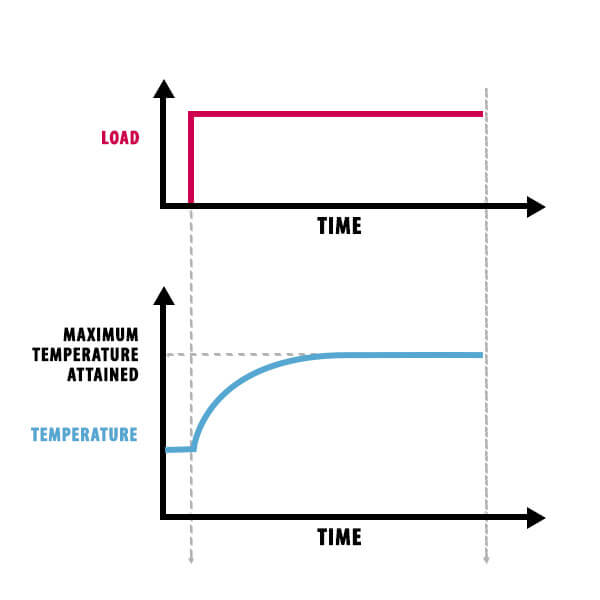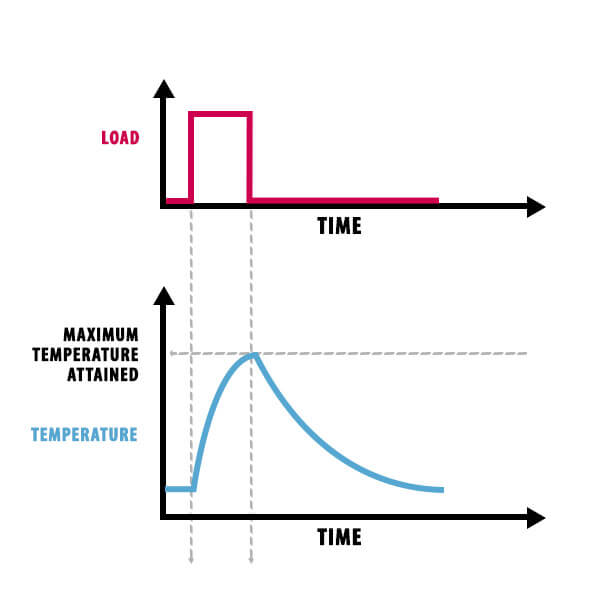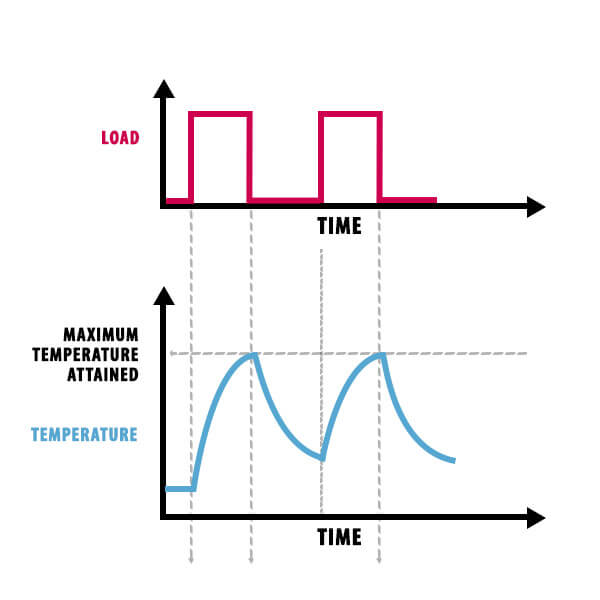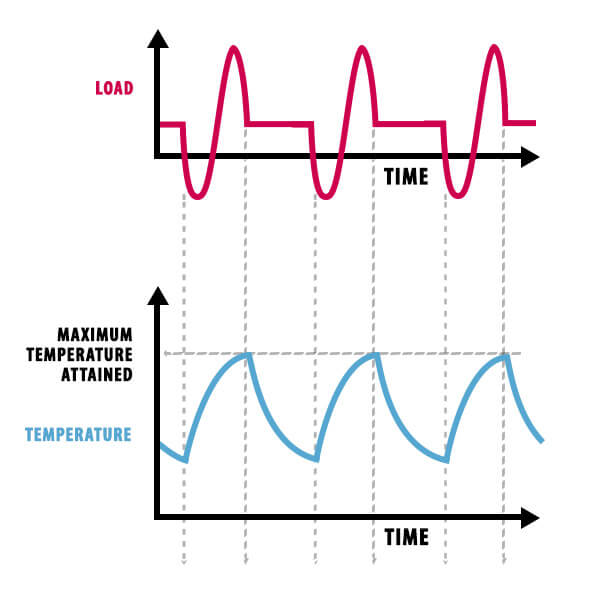How Can We Continuously Change the Duty Cycle
What Are Motor Duty Cycles?
When selecting a motor, it is important to consider the required duty cycle to ensure the motor can meet the needs of the application. This blog post and the accompanying lightboard video will provide a basic introduction to motor duty cycles and a few of the most common types of duty cycles. Once you have identified the type of duty cycle(s) your machine operates, contact us to see how we can find the best solution for your specific application.
The International Electrotechnical Commission (IEC) defines eight classifications for a duty cycle which are grouped by continuous, short-term, or periodic cycles. These cycles refer to the sequence and duration in time of all aspects of a typical operation, including starting, running with no load, running with a full load, electric braking, and rest. These operations are viewed by how they affect the motor temperature in order to determine if the selected motor is correct for the application, if increased cooling such as a forced ventilation fan is required, or if a whole new motor should be used.
#1 Continuous Duty (S1)

The first, and simplest, type of motor duty cycle is continuous duty. This is also referred to by its abbreviated name, S1 duty (Figure 1). In this type of operation, the motor runs with a constant load for a long enough duration so that it reaches thermal equilibrium. This also assumes the starting of the motor can be considered to have a negligible effect on the motor temperature. An example of S1 duty would be a fan that is switched on and then let run non-stop.
The advantages of continuous duty cycles include efficiency, dependability, and simplicity. Because motors in continuous duty allow the system temperature to stabilize, they offer dependable operation even when near or at their rated capacity. S1 cycles are ideal for machines expected to run steadily and continuously for long stretches of time. Typical applications of continuous duty cycles may include escalators , eMobility solutions , or even packaging machinery .
As a leader in control and automation technology, KEB offers a range of flexible motors capable of steady, continuous operation to support your machine-building needs.
#2 Short Time Duty (S2)

The second type of motor duty cycle is short-time duty. Similar to continuous duty, this operation runs with a constant load. Unlike continuous duty, it is shut off before it reaches thermal equilibrium. The motor is then allowed to rest long enough for it to reach ambient temperature. Short time duty is designated by S2 followed by the number of minutes in the cycle (S2 30 minutes).
Periodic Duty (S3-S8)
Periodic duty refers to the designations S3-S8. These include cycles with and without rest that have starting, electric braking, and/or changing speeds/loads. Throughout all of these designations, the various operations of the cycle are repeated over time and the motor is not allowed to reach thermal equilibrium.
Periodic duty cycles are often ideal for machines with rapidly changing or unpredictable load demands, such as elevators , punch presses, compactors, or even industrial saws and other metalworking machinery . These machines can shift load demands within seconds, necessitating a flexible motor duty cycle that can sustain these periodic operations without stalling or overheating. KEB has a variety of adaptable motors that offer unmatched feedback and brake options to match your unique application needs.
#3 Intermittent Periodic Duty (S3)

Intermittent periodic duty is the simplest type of periodic duty. This sequence of identical cycles each contains a period of constant load and a period at rest. This is very similar to S2 duty but differs because it never reaches ambient temperature during its rest period. This duty cycle is abbreviated as S3 followed by the percentage of time under load (S3 xx%, where the % = ∆T c/T). An example of intermittent periodic duty could be a conveyor that runs at constant intervals with the same loading.
Thanks to its unique nature, S3 minimizes heat and allows manufacturers to invest in smaller-sized motors, which translates to significant cost and weight savings. Intermittent periodic duty cycles can be deployed across a host of applications, including plastics machinery , food and beverage processing , and more. Packaging is also a common use case for S3 cycles, as this application often entails consistent loading and run intervals.
#4 Continuous Operation with Electric Braking (S7)

The final example of a motor duty cycle is continuous operation with electric braking. This cycle includes a sequence of starting, constant load, and electric braking. Additionally, there is no time during the operation for rest. This type of duty cycle is abbreviated as S7 followed by the moment of inertia of the motor and load (Jm and JL).
The other periodic duty cycles S4-S6 and S8-S9 as similar to S3 and S7, but can be done with or without rest, starting, braking, and loading.
Potential applications of continuous operation with electric braking could include rolling or blooming mills for steel manufacturing, supply chain machinery across material handling , and even some medical technologies , including precision applications.
KEB Application Engineers have decades of experience helping machine builders assess their ideal duty cycle across applications. We can provide a selection of flexible motors, including robust brake motors , which combine industry-leading motor technology with powerful DC spring-set brakes.
Conclusion
When purchasing a motor, it is important to consider the required operation and declare the duty cycle. This ensures the proper motor is selected for the application.
For more information on motor duty cycles and to select the best motor for your application, contact an applications engineer at KEB America today.
Source: https://www.kebamerica.com/blog/4-types-of-motor-duty-cycles-every-engineer-should-know/
0 Response to "How Can We Continuously Change the Duty Cycle"
Enregistrer un commentaire